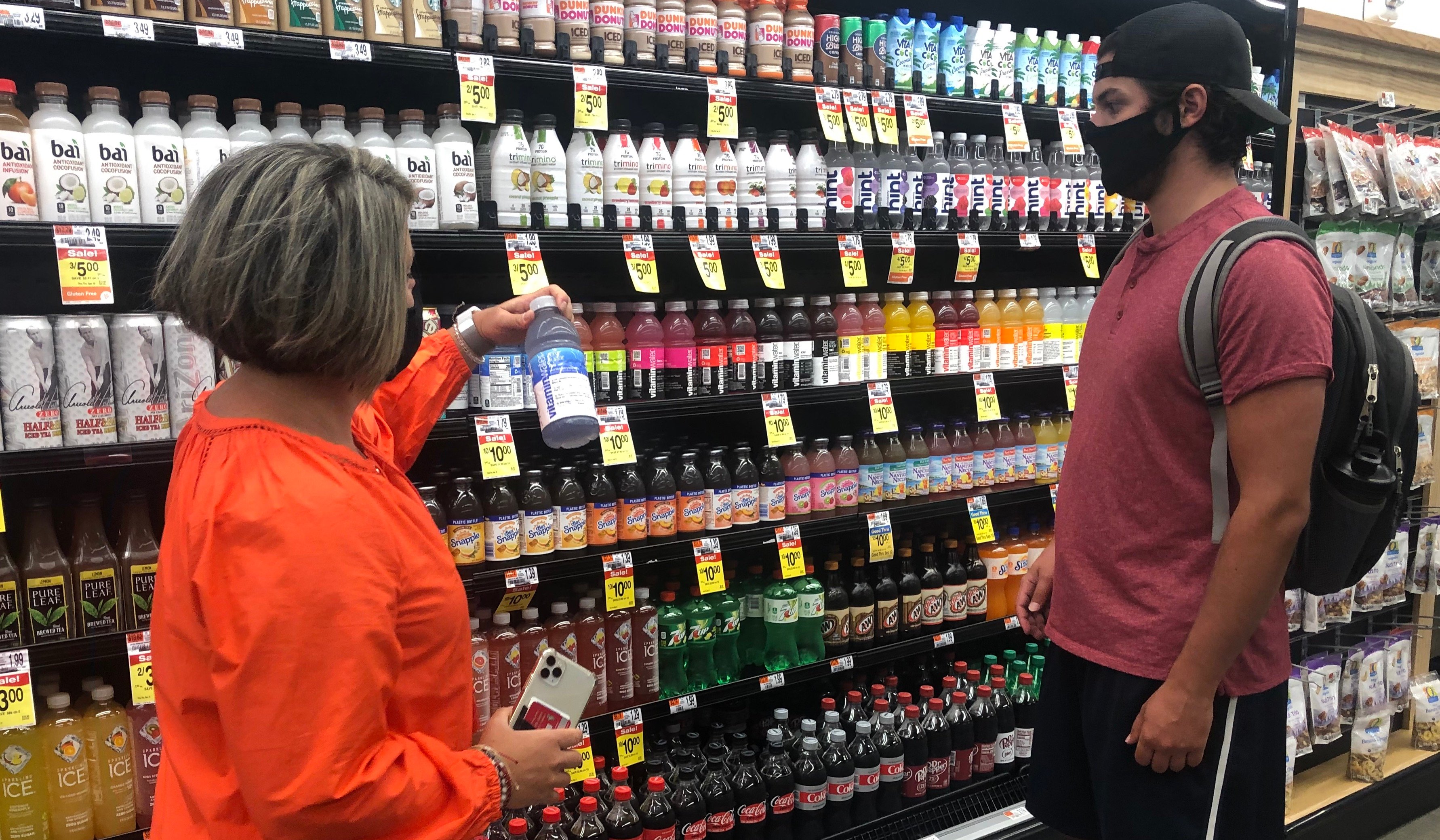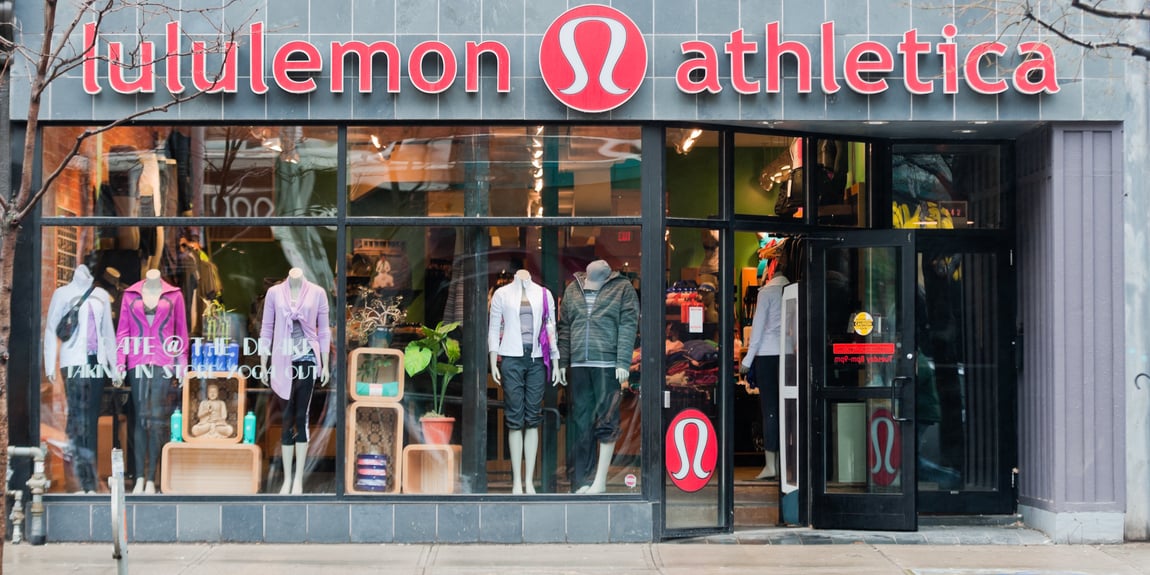Tuesday concluded the National Retail Federation’s annual conference at New York’s Javits Center. The show brought together some of the biggest names in retail (The Honest Company, Adidas, Levi Strauss & Co) and technology (Intel, IBM, Cisco), ending with a roar as attendees gained valuable insights from industry insiders about building innovative customer experiences. There was also more mind-blowing tech to witness, including augmented reality store windows that create new ways invite passersby into stores.
To sum it all up, here are three important trends that leaders in the retail industry identified for audiences at the final day of NRF’s ‘Big Show’:
1. Augmented Retail Reality: Creating an Engaging, Personal Experience
Augmented reality (AR) seems essential to any conversation about the future of brick-and-mortar retail at NRF. Day three was no exception: fashion designer Rebecca Minkoff talked about her revolutionary changing rooms, while Ads Reality shared how it has successfully implemented its AR technology into “window” screens outside various stores around London.
Ads Reality collaborates with video game developers to create many of their AR interfaces. Displays, like the ones in GAME retail stores in London, encourage users to log into a shared Wi-Fi network to interact directly with the screen through their mobile devices. Instead of window-shopping, customers are able to play games for sale in the store window. The displays can capture data such as how many (and how long) users played the game featured on their phones versus how many stood in front of the store observing the screens. The displays can also track what percentage of people entered the store after interacting with or viewing the window.
Through activations like these, AR allows consumers to engage with product in new ways, offering a level of comfort and personalization—often before they’ve even made it in-store. And with AR’s data-gathering capabilities, retailers can gauge and optimize for customer engagement.
2. The New Town Square: Transforming Stores into Community Centers
What do Harley Davidson and SoulCycle have in common? Here’s a hint: it’s more than two wheels. Both brands have built metaphorical “bonfires” in their physical locations, which act as both a point of purchase and a meeting place for customers.
Retailers including Apple and Urban Outfitters have followed the lead of the two-wheel kingpins, transforming their stores into spaces where people can listen to live music and converse with other community members over drinks. Experts like author and SoulCycle Senior Master Instructor Stacey Griffith believe this community-building is the lifeblood of any resilient brand.
Minkoff added that community is a big part of driving traffic in her stores as well. Minkoff hosts monthly seminars in the stores featuring discussions with women who Minkoff identifies as doing “really awesome things.” Past guests have included cookbook author and co-host of “The Chew,” Daphne Oz. “You’re coming into stores not just to shop but to connect with others,” Minkoff said.
3. Digital Natives: Meeting the Expectations of A Growing Audience
In his breakout session, Lee Peterson, EVP of Brand, Strategy and Design at the customer experience strategy and design company WD Partner identified two groups of retail consumers: digital natives and digital immigrants. A digital native has what Peterson calls the “speed of tech thinking,” whereas the digital immigrant struggles to adapt to tech’s zooming pace. Peterson emphasizes that while some ages tend to naturally fall more into one category than the other, these are not generationally specific.
Peterson explained that digital natives are overtaking digital immigrants on the scale of growth and relevance. By 2025, digital natives are expected to dominate. In their world of rapid digital acceptance, Peterson suggests there will be no patience for brands claiming to embody modernization without the product or experience to back it up.
In the interim, stores are already capitalizing on the digital native’s open-to-anything attitude and desire to try new things. Their presence in the market serves as a catalyst for new types of customer experiences—pushing brands to reimagine stores and service.
For more takeaways from NRF 2017, find us on Twitter to see what else caught our attention at the conference.



